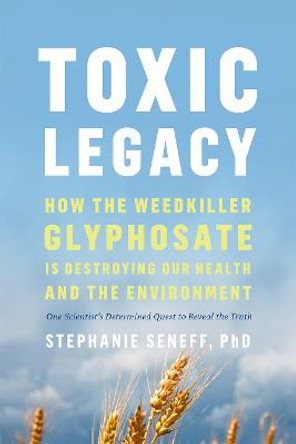Description
By 1969, nearly 60,000 separate pesticide products were registered for use by the U.S. government, each with the expectation that pesticides could be used safely, that they quickly broke down into harmless substances, or that dangerous levels of exposure could be accurately predicted and somehow avoided. Faith in these assumptions was gradually eroded as experts grew to understand the persistence, movement, and toxicity of the chemicals involved. Nevertheless, government continues to hold the discretion to balance risks against economic benefits in its licensing decisions. The underlying legal strategy, Wargo claims, has been one that places extraordinary faith in government's ability to somehow ensure that only safe levels of contamination and exposure occur. And the effect has been systematic neglect of those exposures and risks faced by children.
Wargo presents a compelling case that children are more heavily exposed to some pesticides than adults and are especially vulnerable to some adverse effects. How should the fractured body of environmental law be repaired to manage the distribution of risk? This is the central question Wargo addresses as he suggests fundamental reforms of science and law necessary to understand and contain the health risks faced by children.
Book Information
ISBN 9780300074468
Author John Wargo
Format Paperback
Page Count 402
Imprint Yale University Press
Publisher Yale University Press
Weight(grams) 590g









